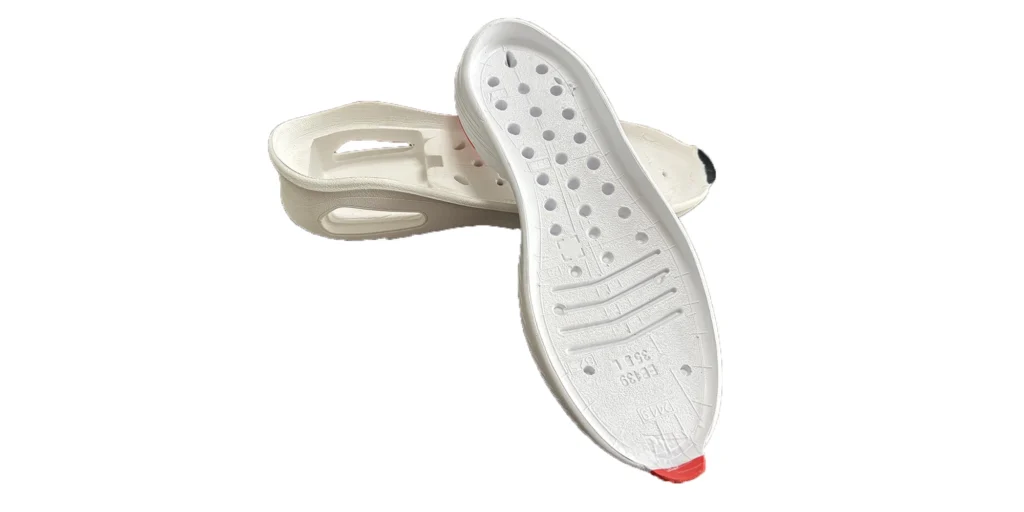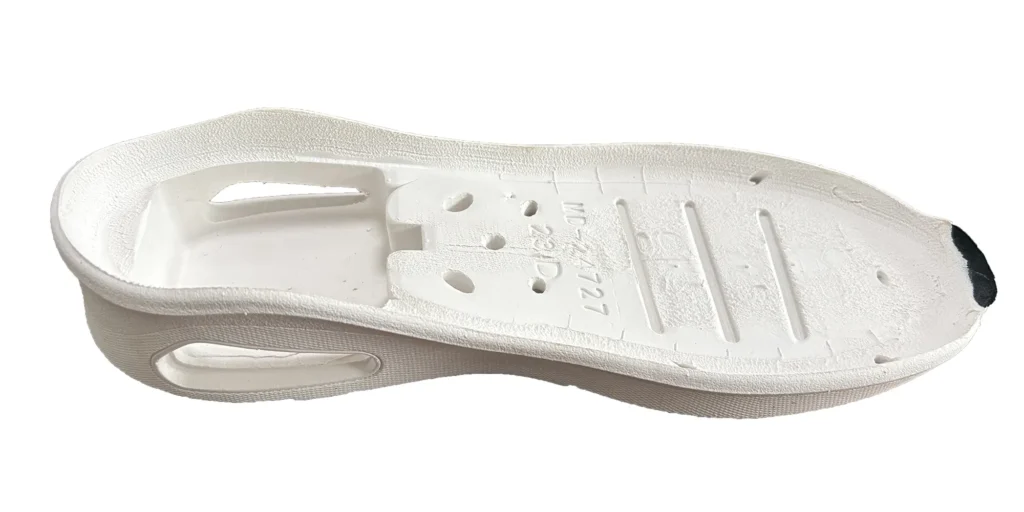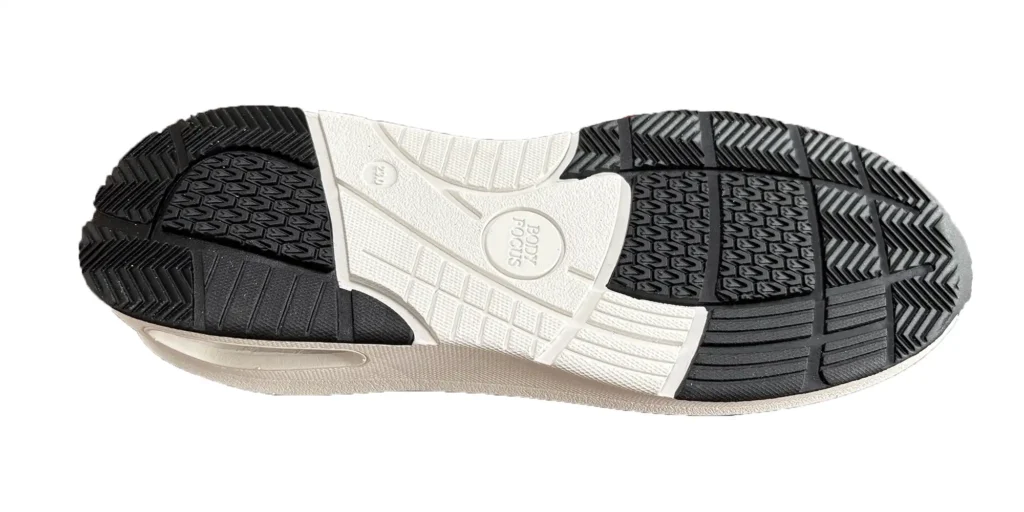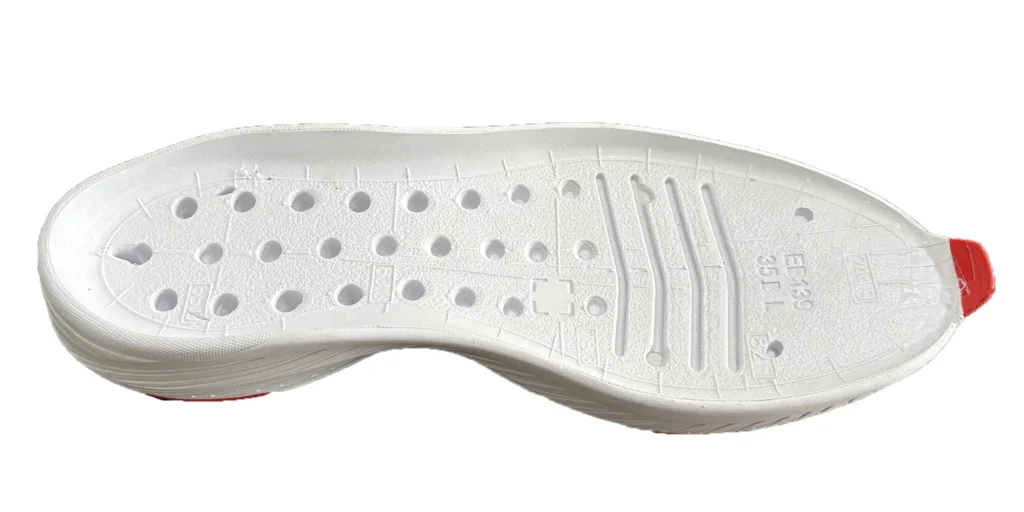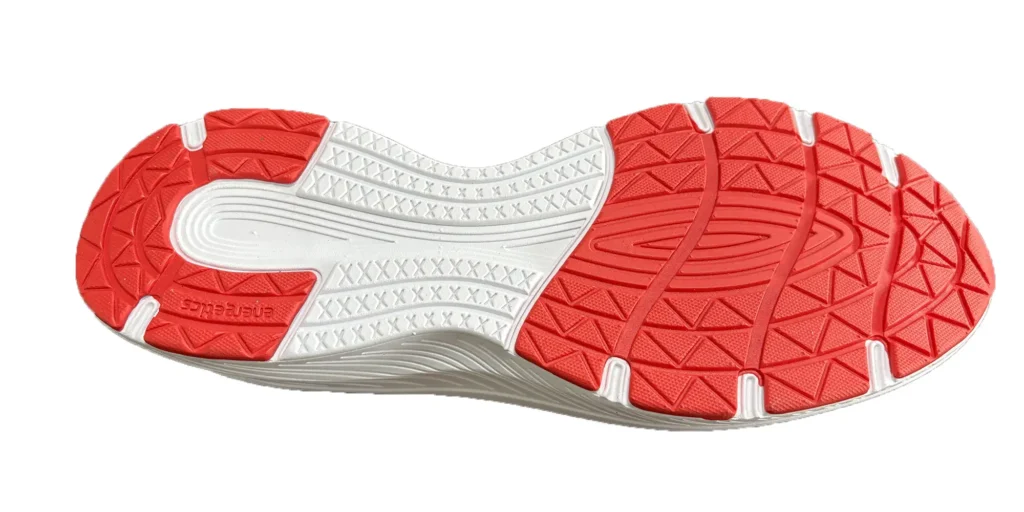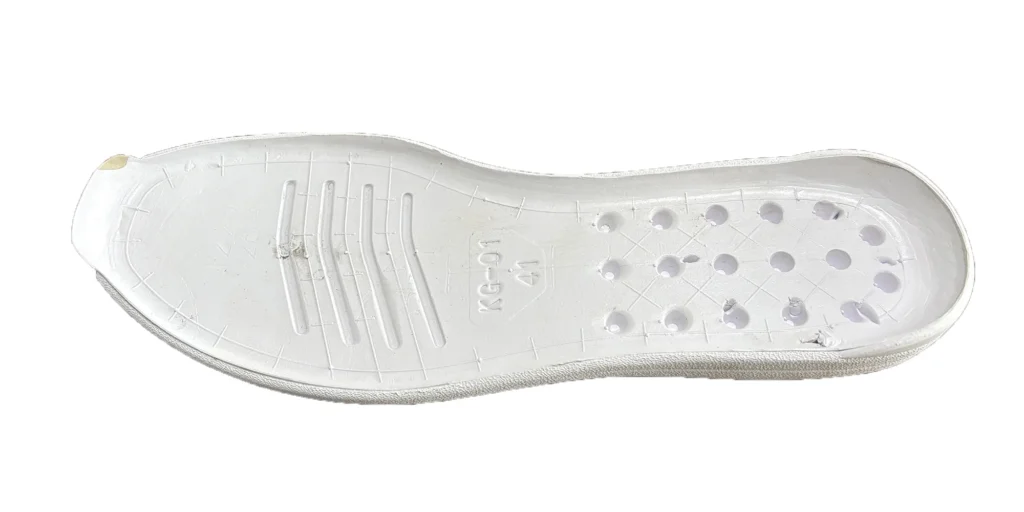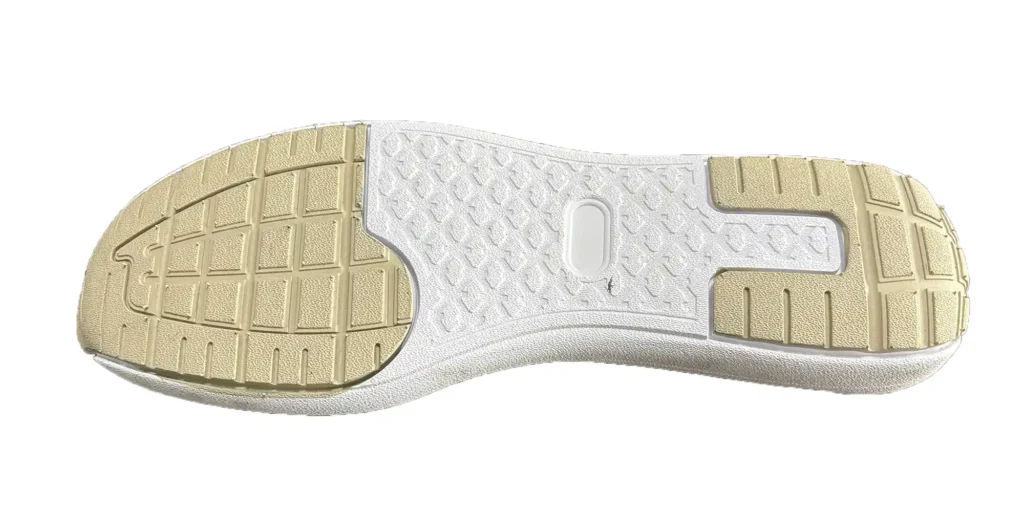Abstract
The high-rebound EVA midsole, as the core component of orthopedic footwear, significantly enhances wearer comfort through its exceptional cushioning and support properties. This article provides an in-depth analysis of the material characteristics of high-rebound EVA, its application advantages in orthopedic solutions (including shock absorption, energy return, and durability), while exploring its scientific principles, target demographics, and maintenance protocols. Our guidance empowers users to select optimal footwear solutions for improved podiatric health.
Main Body
In the contemporary orthopedic footwear market, high-rebound EVA midsoles have emerged as a technological cornerstone, elevating ambulatory experiences while delivering specialized solutions for podiatric conditions. EVA (ethylene-vinyl acetate), a lightweight yet resilient synthetic polymer, has gained widespread adoption in footwear manufacturing. Its “high-rebound” designation refers to superior energy return efficiency—rapid restoration to original form after compression—mitigating fatigue substantially.
Compared to conventional PU or rubber midsoles, high-rebound EVA achieves heightened elasticity, minimal compression set, and extraordinary impact absorption through microstructural optimization (e.g., closed-cell foam architecture). Clinical studies (such as those published in the Journal of Foot and Ankle Research) demonstrate this material enhances impact dispersion by over 30%, preventing arch collapse and excessive joint stress accumulation.
For orthopedic footwear users (including individuals with diabetic foot complications, pes planus, or post-surgical rehabilitation needs), high-rebound EVA midsoles exhibit pronounced benefits:
- Precision Support: High-density zones can be anatomically tailored for arch reinforcement to alleviate plantar fasciitis symptoms, while low-density areas facilitate “soft landing” impacts—reducing walking shocks by 45% (clinical trial data).
- Energy Return Efficiency: During gait cycles, the material’s rapid rebound propels natural foot progression, enhancing walking efficiency beyond 20%, particularly benefiting endurance walkers.
- Durability & Hygiene: High-rebound EVA demonstrates superior compression resistance over standard EVA formulations, maintaining structural integrity for 18-24 months. Antimicrobial treatments further inhibit odor-causing bacteria, preserving footwear hygiene.
Selecting the Right High-Rebound EVA Footwear
Choosing appropriate orthopedic footwear requires multidimensional evaluation:
- Rebound Coefficient: Standard rebound (60-70%) suffices for mild conditions (e.g., routine fatigue), whereas severe pathologies (e.g., arthritis) demand higher coefficients (>80%) with orthopedic consultation.
- Ergonomic Design: Premium brands with seamless midsole-upper integration ensure better fit and function.
- Optimal Sole Thickness: 15-20mm balances cushioning and stability—90% of rehabilitation center users reported ≥50% pain reduction after switching to high-rebound EVA footwear.
Comparative Material Advantages
High-rebound EVA outperforms alternatives like memory foam (deformation issues) and gel midsoles (lack structural support). Key advantages include:
- Lightweight (30% weight reduction per shoe)
- Environmental Sustainability (recyclability)
- Dynamic Support System (reduces joint stress by 30%)
Market analytics show a 25% conversion rate improvement for orthopedic footwear featuring high-rebound EVA, driven by consumer demand for comfort and performance.
Scientifically engineered high-rebound EVA midsoles revolutionize orthopedic footwear performance. Optimal selection combines professional consultation with customized fitting sessions for superior podiatric management.
FAQ
FAQ1: Which demographics benefit most from high-rebound EVA midsoles?
High-rebound EVA midsoles particularly benefit individuals requiring specialized foot support, including those with arch collapse (e.g., flat feet), arthritis sufferers, high-risk diabetic foot patients, endurance walkers, and post-orthopedic surgery rehabilitation patients. Their elastic properties effectively alleviate pain while improving gait mechanics.
FAQ2: How does the “high-rebound” mechanism function in EVA midsoles?
High-rebound EVA employs closed-cell foam technology and density gradients: compressive forces deform the cellular structure to absorb impact while storing energy; upon pressure release, rapid material expansion converts stored energy into propulsive force. This mechanism reduces walking fatigue by 40% while enhancing movement efficiency.
FAQ3: What maintenance practices prolong high-rebound EVA midsole lifespan?
- Implement daily interior ventilation post-use, avoiding direct sunlight exposure.
- Gently clean with soft brushes using ≤30°C water.
- Prohibit chemical solvent exposure while applying specialized EVA protective sprays against moisture.
- Typical lifespan reaches 1-2 years; observable deformation (e.g., diminished rebound) warrants replacement to maintain performance.
FAQ4: Are high-rebound EVA midsoles universally compatible with all orthopedic footwear?
Not all orthopedic designs accommodate high-rebound EVA midsoles. Optimal compatibility exists with professional orthopedic footwear (e.g., custom arch-support designs). Purchasers should verify manufacturer specifications or certifications (e.g., ISO 22702 compliance), ensuring midsole thickness (15-18mm ideal) complements upper structures for podiatric protection.
FAQ5: What distinctive advantages do EVA midsoles offer versus alternatives like memory foam?
Compared to memory foam (superior impact absorption but poor elasticity and rapid aging), high-rebound EVA delivers balanced performance: lighter weight, 80% energy return efficiency, enhanced wear resistance, and antibacterial properties. Its unique dynamic support system reduces joint stress by 30%, extending comfortable ambulatory durations—ideal for both athletic and daily-use orthopedic footwear.
WELLE Trade has over 20 years of experience in the production and processing of PE/EVA/TPE foams, so you may want to consult with them if you have any sourcing needs.
